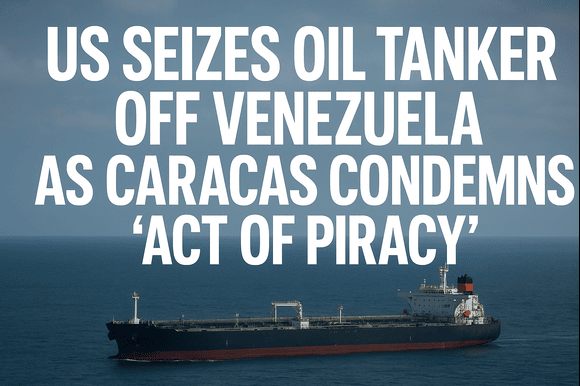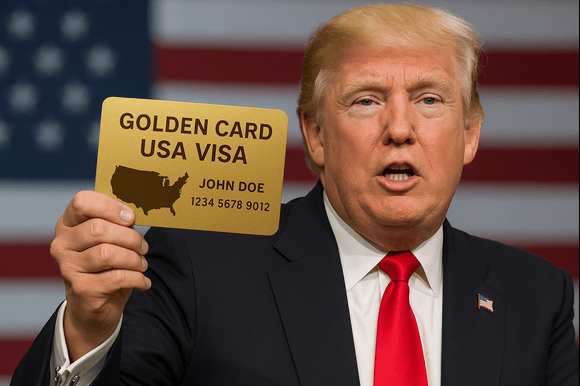
By Kremlin.ru BY Wikipedia
US President Donald Trump and Russian President Vladimir Putin have agreed to meet “in the coming days,” according to a Kremlin official, as international pressure mounts to end the war in Ukraine. The announcement comes just ahead of Trump’s looming Friday deadline for Moscow to agree to a ceasefire — or face expanded U.S. sanctions.
The potential meeting between Trump and Putin follows recent remarks from the U.S. President, who told reporters there was a “good chance” he could meet both the Russian and Ukrainian leaders in person “very soon.” The goal of such a summit would be to negotiate an end to the prolonged and bloody conflict, now in its fourth year since Russia’s full-scale invasion.
A White House official confirmed that U.S. envoy Steve Witkoff held discussions with Putin in Moscow on Wednesday, marking his fifth visit to Russia. Previous visits have often led to a temporary surge of optimism from the Trump administration but yielded little in the way of concrete progress toward peace.
At a White House press briefing later that evening, Trump was asked whether a three-way meeting involving Ukrainian President Volodymyr Zelensky and Putin had been agreed upon. He responded there was a “very good prospect” for such a summit to occur.
In Moscow, Kremlin aide Yuri Ushakov, who advises Putin on foreign affairs, acknowledged that the idea of a trilateral summit was raised during Witkoff’s visit. However, he noted the suggestion was left “without comment” from the Russian side. Still, Ushakov confirmed that a location for a bilateral meeting between Trump and Putin has already been determined, with logistical details to be shared soon. He said all sides were actively working on finalising the arrangements.
President Zelensky, for his part, signaled his openness to the proposed summit. In a statement posted to social media platform X, he said that multiple meeting formats had been under discussion — including “two bilateral and one trilateral” — and insisted that Europe “must be a participant” in any serious peace negotiation.
“Ukraine is not afraid of meetings and expects the same brave approach from the Russian side,” Zelensky wrote.
Though there is some cautious hope, expectations remain low that the deadline set by Trump will produce a breakthrough. Russia has continued its widespread aerial attacks on Ukrainian cities, even as U.S. threats of additional sanctions intensify. Zelensky has reiterated that genuine movement toward peace will only happen if Moscow begins to feel financial strain.
On Wednesday, Trump appeared to temper his expectations, telling journalists: “I don’t call it a breakthrough…we have been working at this for a long time. There are thousands of young people dying… I’m here to get the thing over with.”
The Kremlin issued a brief and carefully worded statement about Witkoff’s most recent trip, describing the talks as “constructive” and saying that both sides had exchanged “signals.” Meanwhile, Zelensky said he had spoken with Trump following Witkoff’s visit and that European leaders also joined the call, underscoring the multilateral stakes involved in any future agreement.
As diplomatic efforts intensify, the U.S. has also increased its material support for Ukraine. On Tuesday, Washington approved a new $200 million military aid package, which includes funding for Ukrainian drone production.
Tensions between the U.S. and other global actors are also flaring in parallel. On Wednesday, Trump signed an executive order imposing a 25% tariff on Indian imports, citing India’s ongoing purchases of Russian oil as the reason.
The conflict between Russia and Ukraine remains deeply entrenched, despite Trump’s earlier promises. Before taking office in January, he claimed he could end the war in just one day. However, the war has persisted, and Trump’s stance toward Moscow has since become noticeably more severe.
Three separate rounds of peace talks between Ukraine and Russia in Istanbul have failed to produce any meaningful results. Russia’s current military and political demands remain unacceptable not only to Kyiv, but also to its Western allies.
Among Russia’s conditions for peace are Ukraine’s declaration of neutrality, withdrawal from its NATO ambitions, and a massive reduction in military capacity. Moscow is also demanding full withdrawal of Ukrainian forces from four partially occupied southeastern regions — Donetsk, Luhansk, Kherson, and Zaporizhzhia — as well as international recognition of Russia’s annexation of these territories and Crimea.
In addition, Russia wants Ukraine to enshrine Russian as an official state language, accept limitations on its military size, and agree to permanently stay out of any military alliances. Moscow has also demanded the full removal of international sanctions imposed since the invasion.
So far, the Kremlin has repeatedly dismissed Kyiv’s calls for a direct meeting between Zelensky and Putin, maintaining a hardline stance on its territorial claims and political objectives.
As Friday’s ceasefire deadline approaches, and preparations for a potential Trump-Putin meeting are underway, global attention remains fixed on whether the United States can broker a meaningful step toward ending Europe’s largest land war in generations — or whether this latest diplomatic push will end like those before it: stalled and unresolved.




